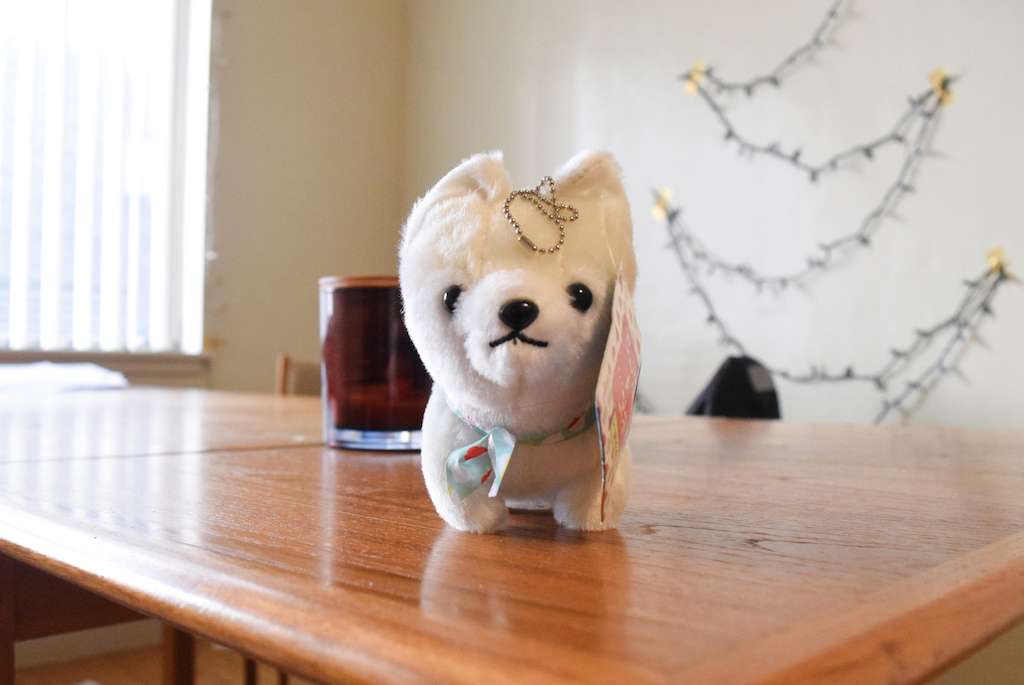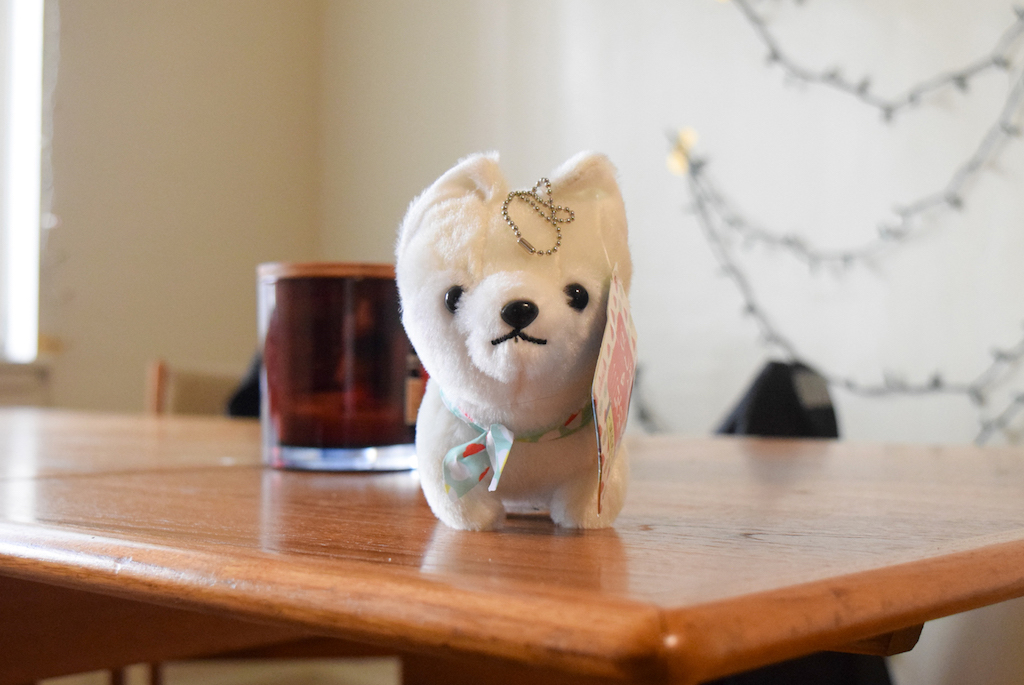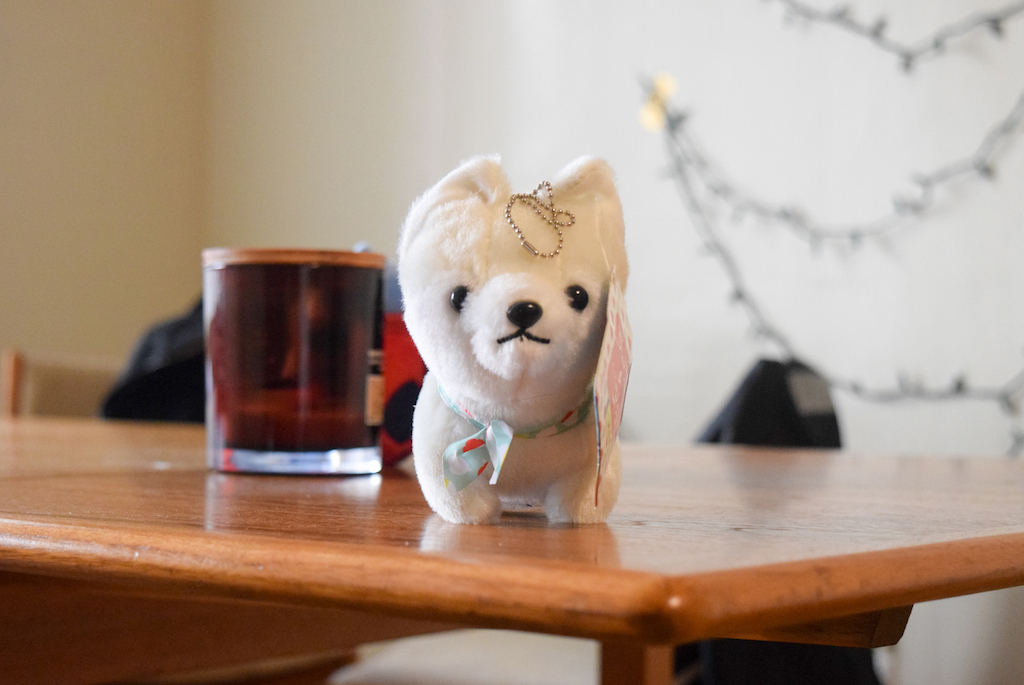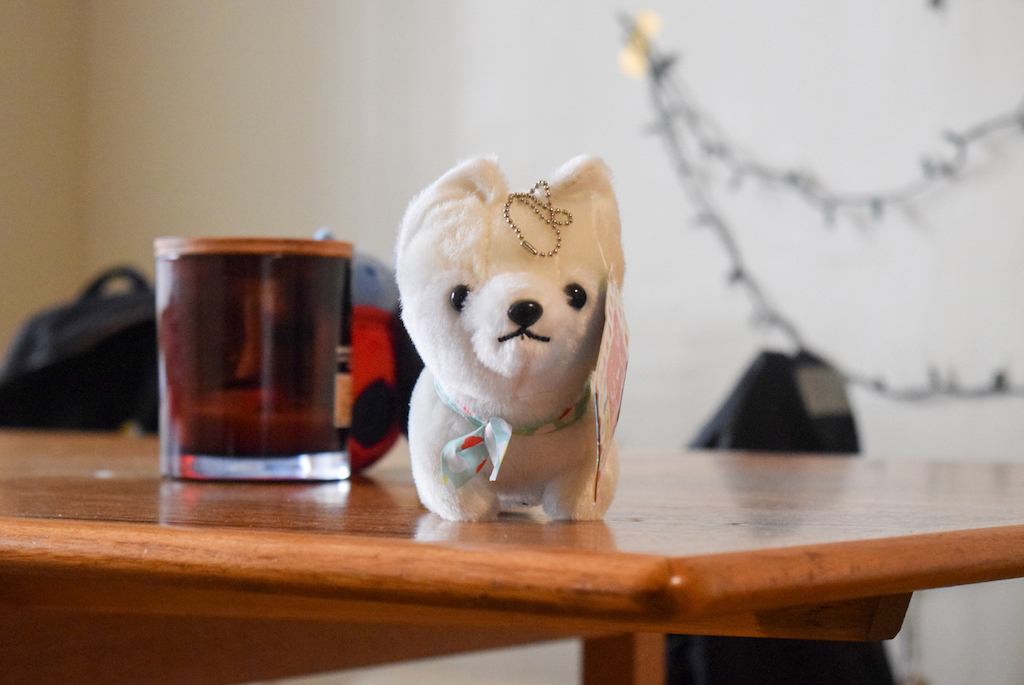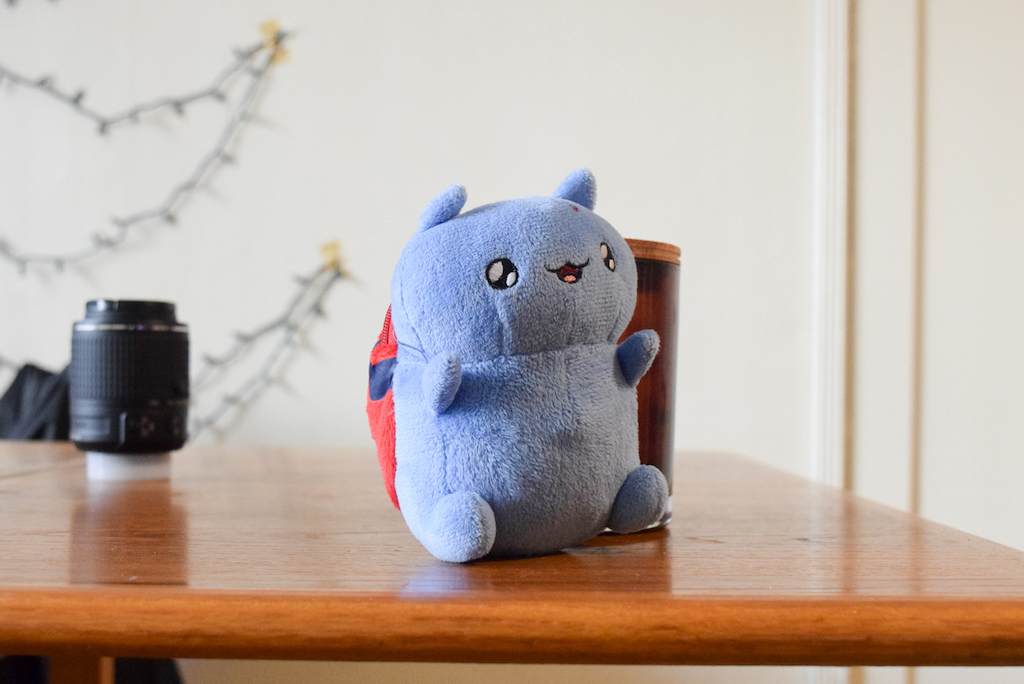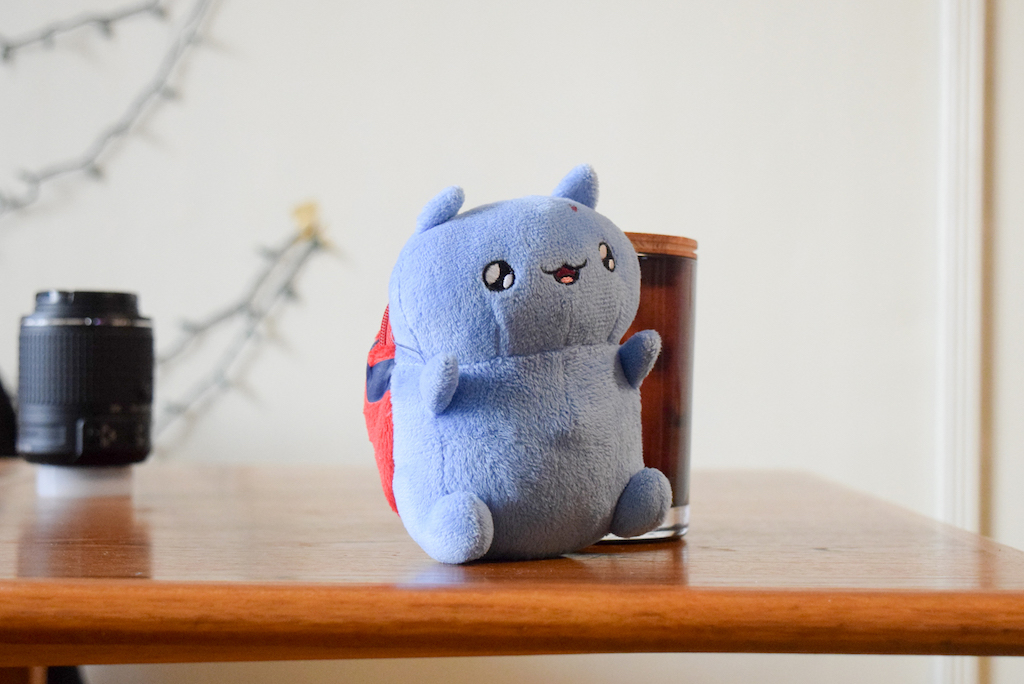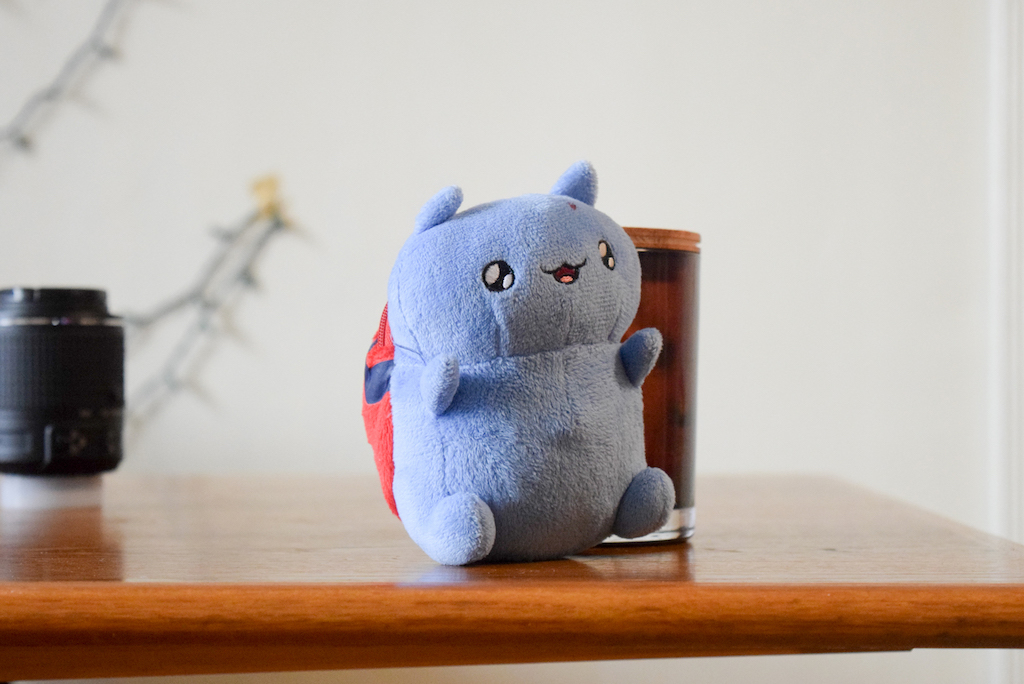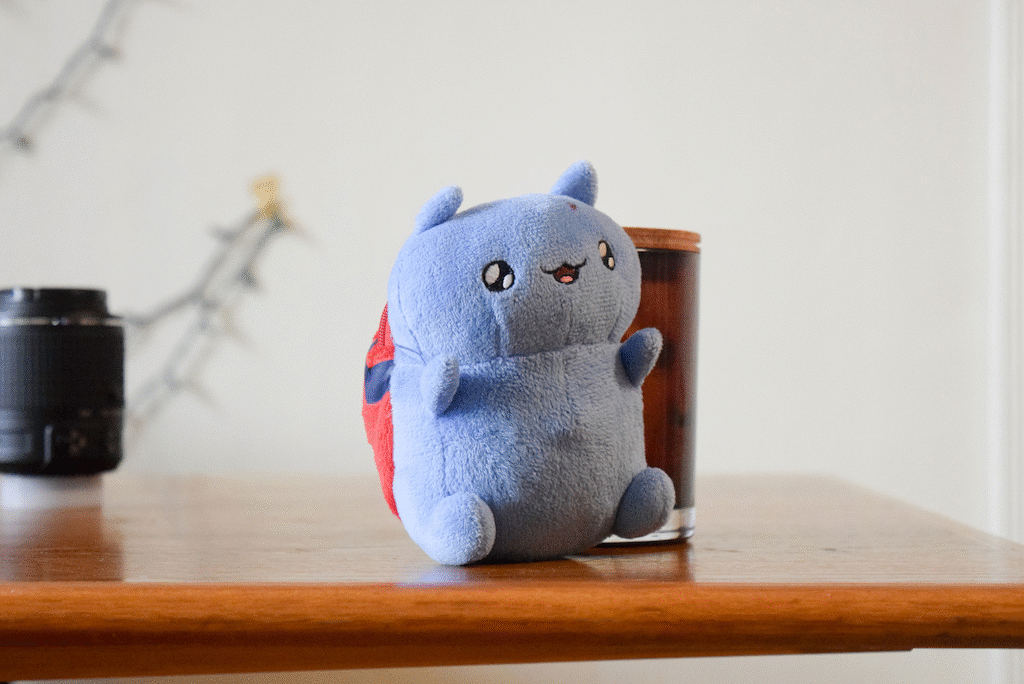CS 194-26: Image Manipulation & Computational Photography
Final Project
Vertigo & Fake Miniatures
Barbara Yang, cs194-26-aar
Fake Miniatures
Overview
A macro lens can deliver incredibly shallow depth of focus — an effect
often seen when photographing very small objects. We can simulate this
effect by Gaussian blurring parts of an image, leaving one area unblurred.
In this project, I created a program that allowed me to define an upper
and lower bound for a depth of field (a horizontal stripe of the image).
Then, I created a Gaussian pyramid of l = 5, sigma = 2, as in
Project 3.
I iterated through all the pixels, checking its y-coordinate, and using a
hashing function to decide which layer of the Gaussian stack I would
sample from to fill in that pixel. The further from the DOF, the blurrier
(higher up the pyramid). To get rid of harsh edges, I used a mask to blend
with the original image. Since the DOF area should be not blurry, the
alpha mask has a low value that linearly increases from that DOF.
Results
House

Gaussian stack levels
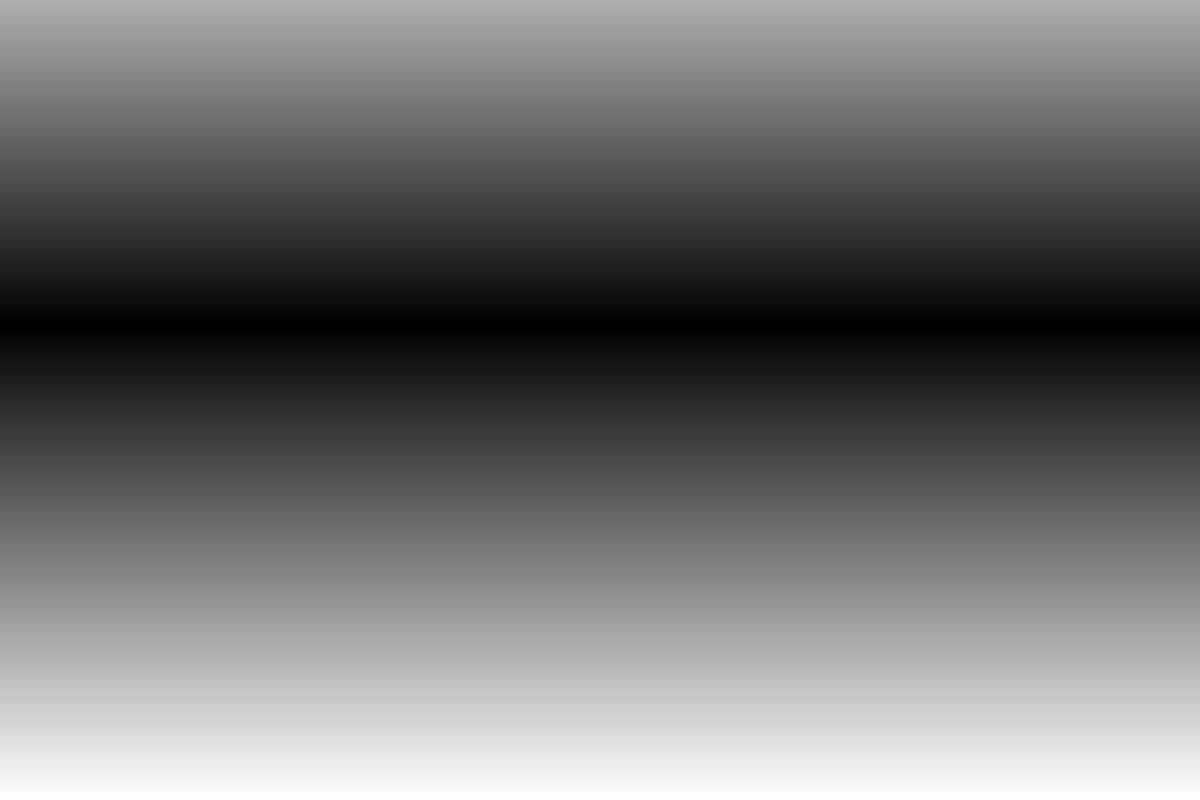
Mask for alpha blending

Original

Miniature
Fishers
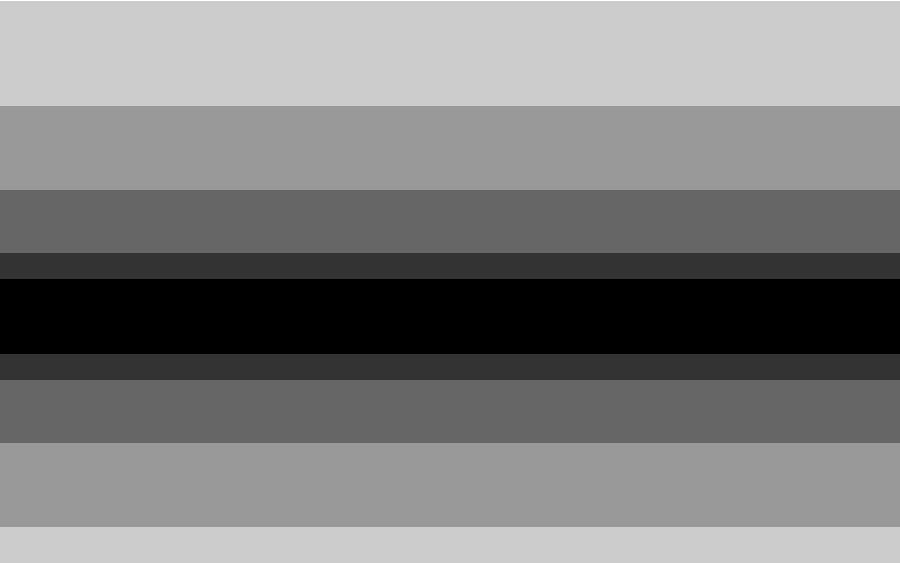
Gaussian stack levels

Mask for alpha blending

Original

Miniature
Memorial Glade
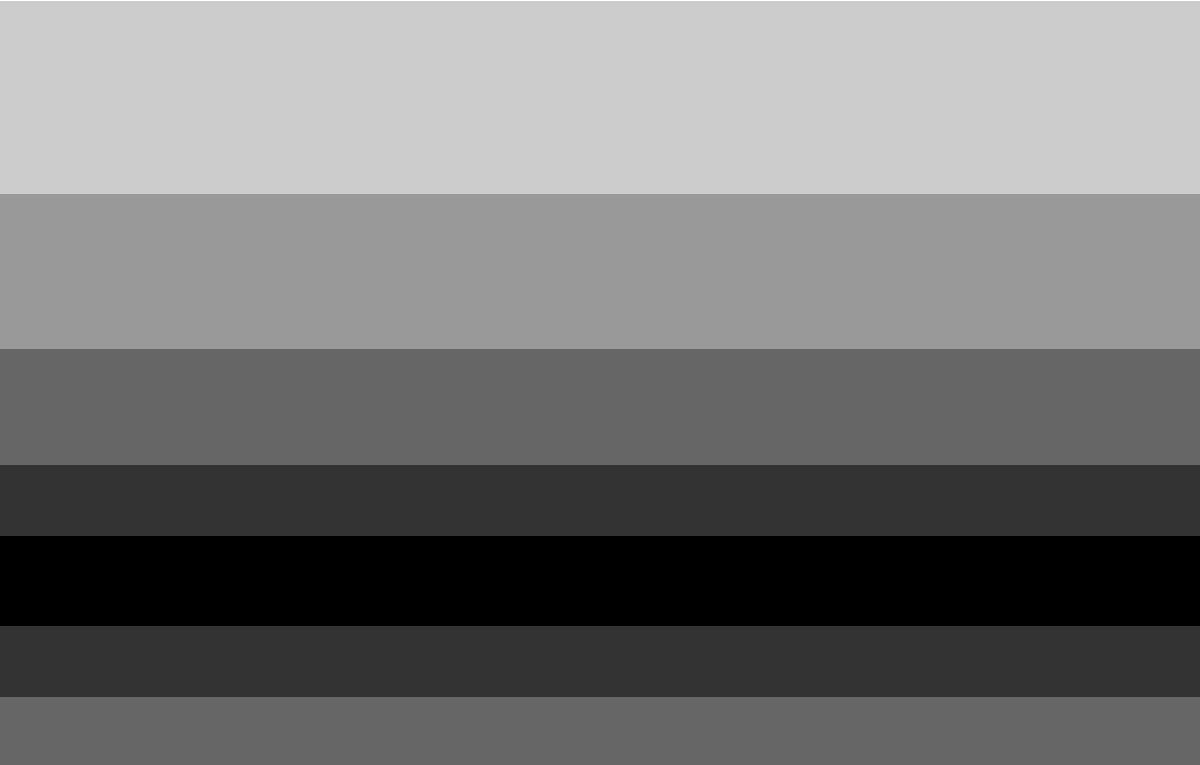
Gaussian stack levels

Mask for alpha blending
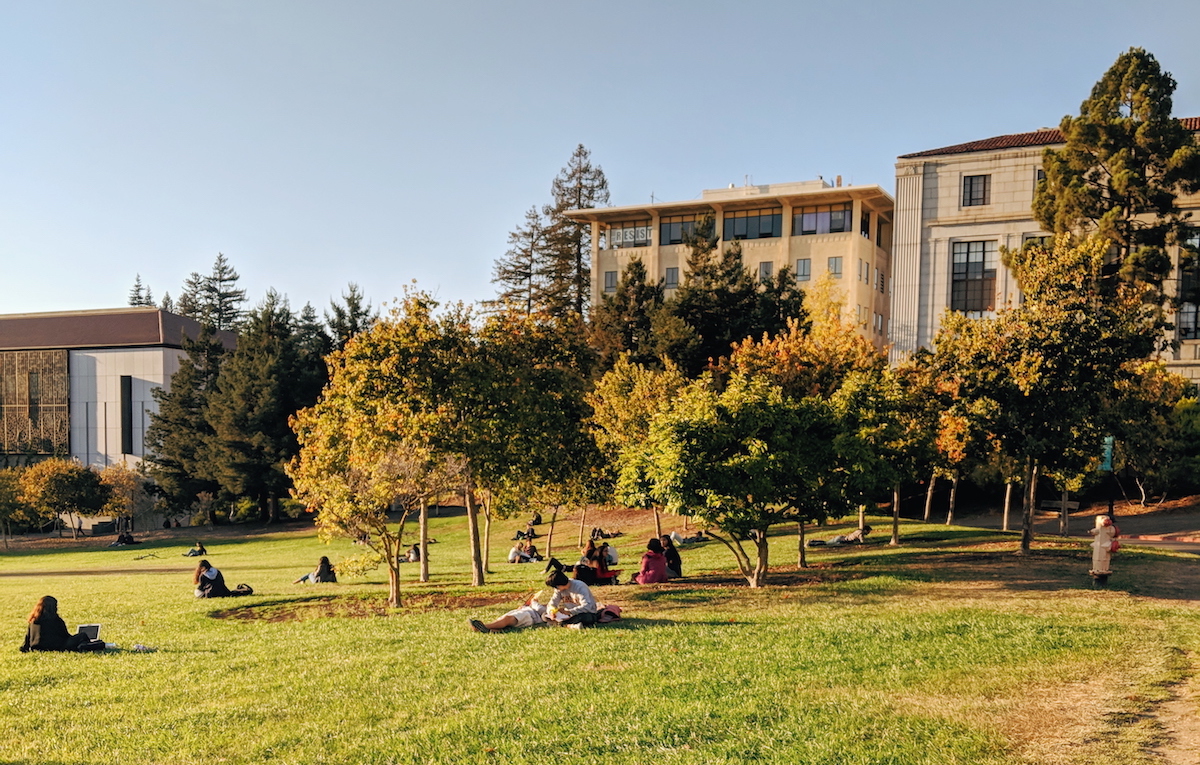
Original

Miniature
Lower Sproul
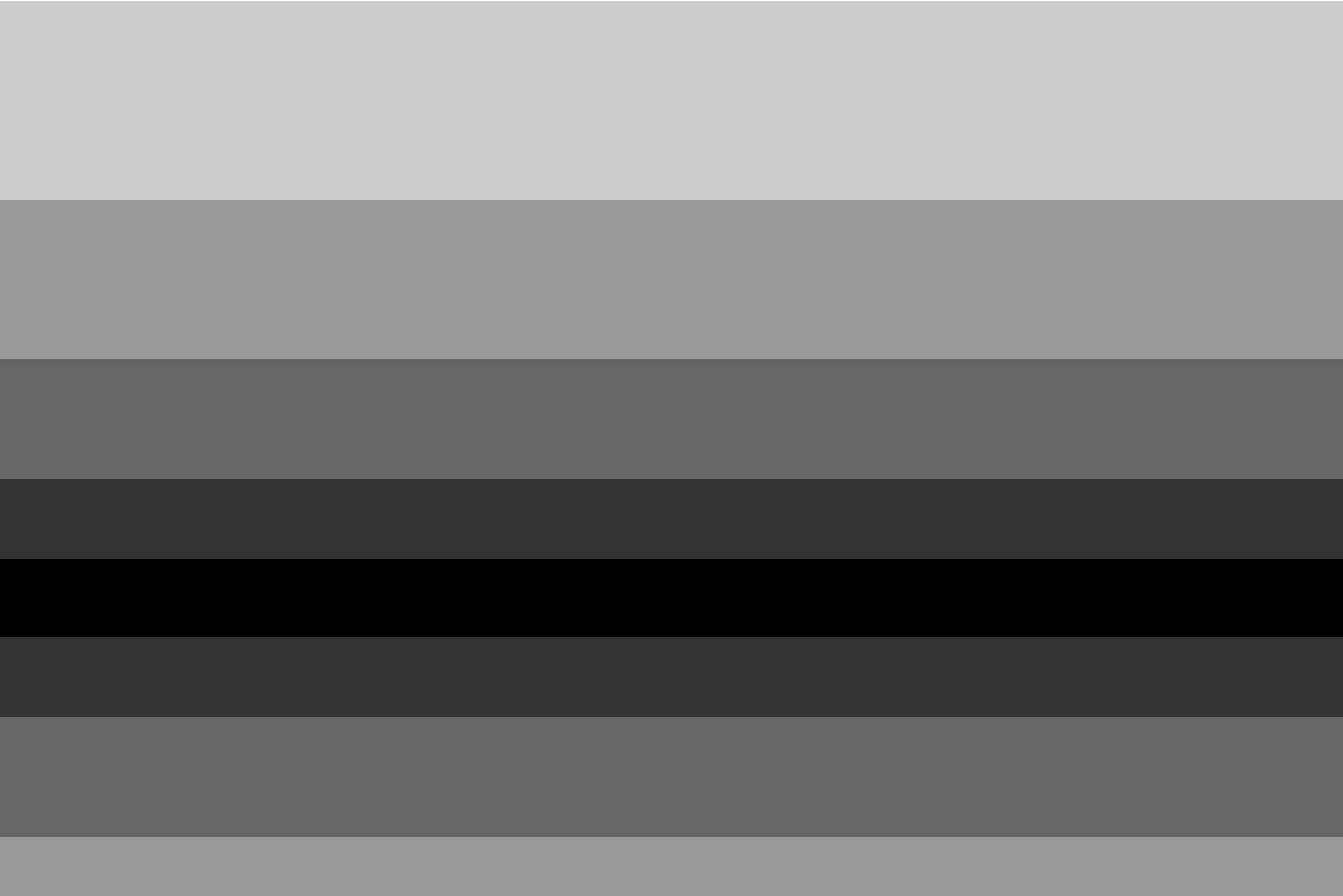
Gaussian stack levels

Mask for alpha blending
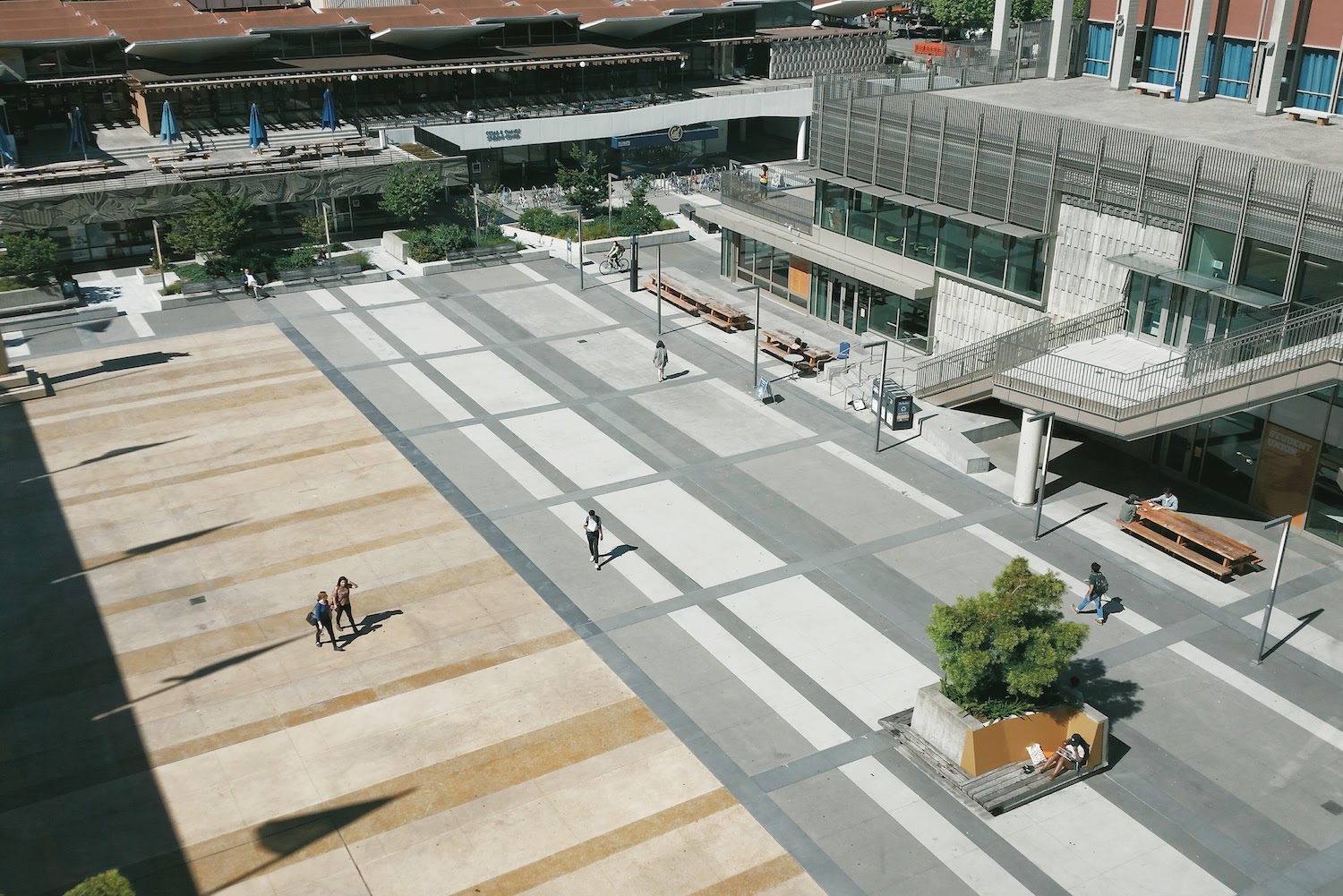
Original

Miniature
The Vertigo Shot
Overview
The dolly effect can be recreated by taking photos of a subject at
different distances with different focal lengths on a zoom lens. The key
is to keep the subject in a constant position and size within the frame. I
did this by moving backwards while zooming in on the lens.
An extra step I took was to align all the frames in Photoshop to make the
subject as "still" as possible. This helped make the GIF animation much
more realistic and appealing.
Results
















